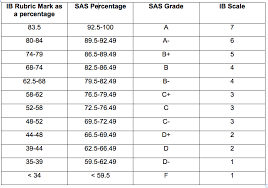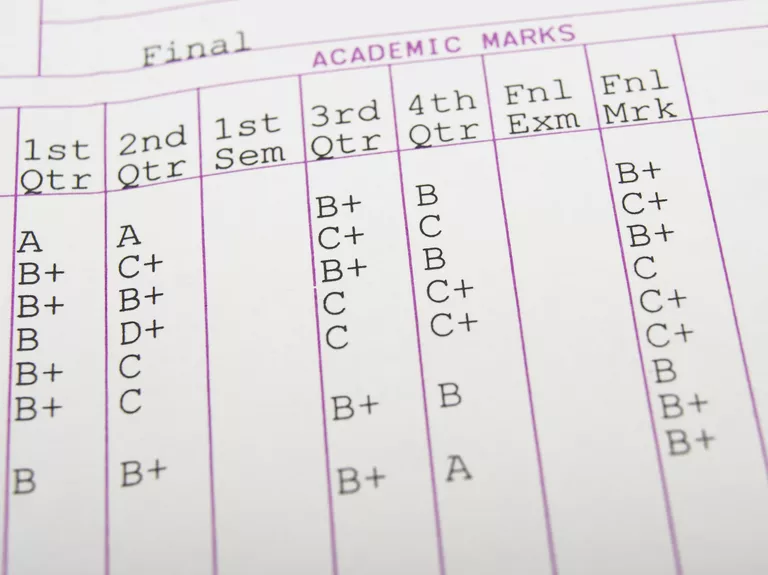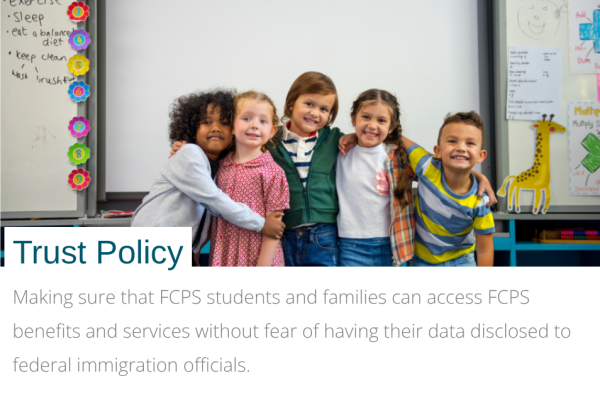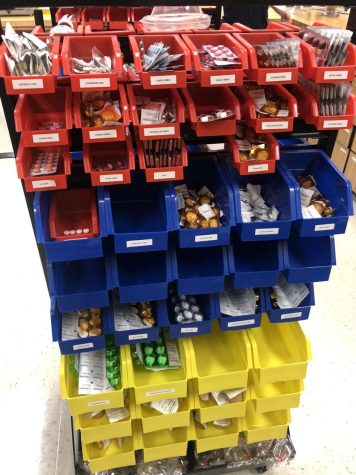Changing the Grading System
From as early as kindergarten, students are given marks on their behavior, aptitude, and ability to work, intended to motivate them into doing the best they can. While these measurements are helpful in gauging how well a student is grasping a topic, these grades can also become something to fear. It’s no longer about the content, it’s about getting 100%.
South Lakes’ current grading system puts emphasis on completing what is assigned, and students do just that. They study what they think will be on the test and finish the work that has the biggest impact on their grade. Learning is secondary. It becomes about memorization and spitting out facts.
“Whether or not I’m planning on grading an assignment is not something I would ever, ever tell the students. If you tell them that, a lot of kids will be like, ‘I don’t even have to bother doing this.’ It might be something that’s really valuable for the learning, but they’re only going to do it if they know they’re going to get some kind of grade for it,” Chemistry teacher Mr. Leitch explained.
FCPS’ system can also negatively impact students’ self-worth, as grades become a marker of how “smart” someone is and if their work is subjectively good. Getting a low grade convinces a student that what they did wasn’t enough, even if they spent hours perfecting their assignment.
“The grading system sometimes lowers my self-esteem if I feel like I did really well on something but then I get a grade that I don’t expect, and it makes me feel bad about myself, even though it shouldn’t determine your self-worth,” Sophomore Sophia Pick stated.
While we can’t completely eliminate grades, changing the system could be a step in the right direction. For example, using a method similar to the IB 7.0 scale or 4.0 system school-wide could help address the problems our current grading system has.

If students are graded using a scale from 1-7 (where both a 6 and 7 are within the “A” range) or the 4.0 system that utilizes detailed, specific criteria to determine a score. The students can remain motivated to complete assignments and have more opportunities for success. Widening the range for “A”s and “B”s would alleviate some of the pressure on students and allow them to focus on understanding material. The rubric, which lists exactly what a teacher is looking for and how an assignment should look, will not only improve students’ comprehension of assignments, but also give them feedback on what they could improve on if they got a lower score.
“I like the 4.0 a little bit better, because it holds students accountable for completing their work, but at the same time it allows them to come back and complete things when they don’t turn them in. Also, most colleges grade by that 4.0 standard, so once you start getting toward the later grades it’s good that you understand how grades are going to be calculated when you move onto the next step,” Mr Leitch continued.
Even a small change to the type of assignments students are given could help improve kids’ relationship with grades. More hands-on, project based learning could give students the time they need to understand a topic, learn, and ask questions without feeling rushed or worried that one test day will determine their grade. Projects, compared to tests and quizzes, give a more accurate representation of what a student can do since they’re given the time and materials to learn and create themselves. Rather than having one, forty question exam that only indicates a student can study, assigning projects teaches them to problem solve, manage their time, and work independently while still displaying how much they know about their topic.
Students also have different learning styles that can impact their grades and how beneficial a specific assignment is for them. According to Bay Atlantic University, one model “identifies four types of learners: visual, auditory, kinesthetic, and reading/writing.” A student who is a kinesthetic learner enjoys hands-on activities and understands concepts best when they practice themselves, and therefore might struggle with a topic if their only way of receiving new information is through articles or readings. Similarly, reading learners could have trouble understanding concepts if they have to learn through discussion and talking things out. These obstacles could negatively affect students’ grades, even if they’re trying their best to grasp the material. Assigning a wide variety of projects that target different learning styles could be beneficial to students who feel they can’t understand a unit no matter how much effort they put into studying.
“As teachers, we need to focus on figuring out what actually motivates kids. Instead of having everything lumped on grades, we could maybe have some project-based outcomes or things that don’t necessarily get those grades, but still deliver the content,” Mr. Leitch suggested.
Whichever system FCPS chooses also needs to be implemented in all classes. Having three different grading structures in seven courses makes it hard for students to adjust and understand how each of their teachers are grading. Deciding on one school-wide scale would explain exactly how kids are being evaluated and what they need to do in order to get the best grade possible.
A world without grades entirely seems out of the question, and to some extent it is. Colleges need GPAs to be submitted and school boards would have to figure out a way to keep students engaged. Currently, grades are the driving force behind most students’ best work and need to succeed.
“Right now the entire focus that the world has is on grades, so do I think that there is a way to have a successful school and education without them? Yes. But so much has to change with the way we as a culture think before we even think about going there,” Mr. Leitch concluded.
South Lakes’ grading system motivates students to complete work, but it doesn’t motivate them to learn. Education has become something on the side, the added benefit of getting an “A,” not the purpose, and teaches students to fear failure. Making a change is integral to getting kids’ focus back on education and mending their relationship with academic progress.

Sophia Paradowski is currently a sophomore at South Lakes High School. This is her first year writing for The Sentinel and she is looking forward to being...


















